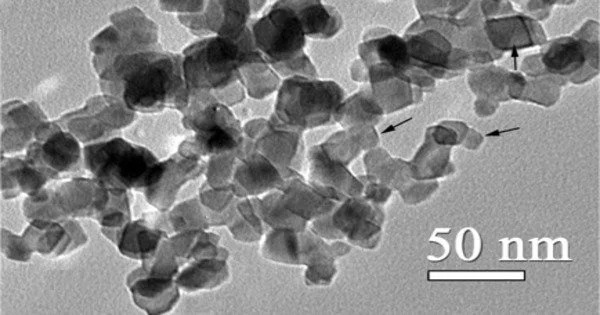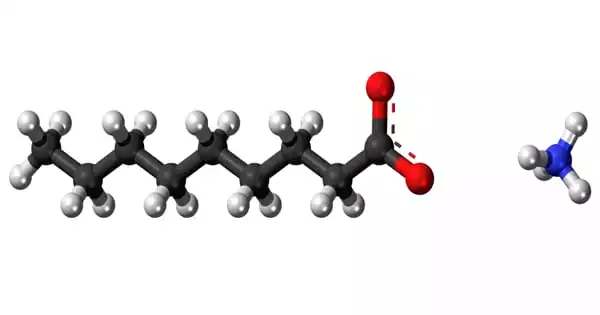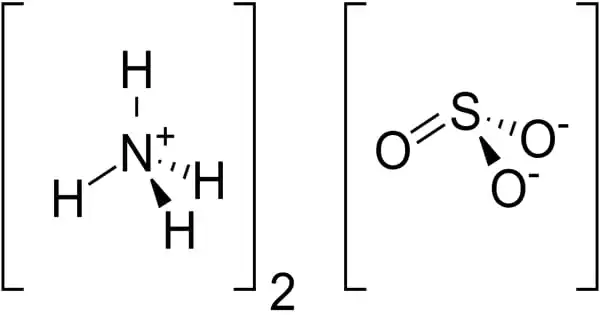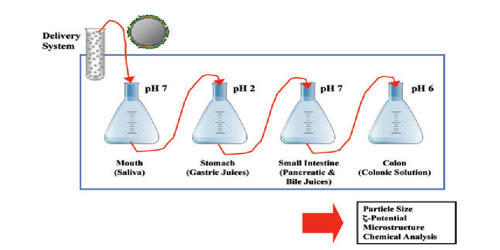Titanium dioxide nanoparticles are titanium dioxide (TiO2) particles with diameters less than 100 nm, also known as ultrafine titanium dioxide, nanocrystalline titanium dioxide, or microcrystalline titanium dioxide. These are nanomaterials made up of extremely small particles of titanium dioxide, a naturally occurring oxide of titanium.
Because of its ability to block ultraviolet radiation while remaining transparent on the skin, ultrafine TiO2 is used in sunscreens. These nanoparticles have gotten a lot of attention because of their unique properties and potential applications in fields like industry, medicine, cosmetics, and more.
Size and Properties
Nanoparticles are particles that have at least one dimension in the nanometer range (1-100 nanometers). Because of their size-dependent properties, TiO2 nanoparticles have different properties than their bulk counterparts. Increased surface area, altered optical, electronic, and catalytic properties, and increased reactivity are among these properties.
To prevent photocatalytic phenomena, it has a rutile crystal structure and is coated with silica or/and alumina. The health risks of dermal exposure to ultrafine TiO2 on intact skin are extremely low, and it is considered safer than other substances used for ultraviolet protection.
Nanosized particles of titanium dioxide tend to form in the metastable anatase phase, due to the lower surface energy of this phase, relative to the equilibrium rutile phase. Surfaces of ultrafine titanium dioxide in the anatase structure have photocatalytic sterilizing properties, which make it useful as an additive in construction materials, for example in antifogging coatings and self-cleaning windows.
Applications
- Cosmetics and Sunscreens: TiO2 nanoparticles are often used in cosmetics and sunscreens because of their ability to scatter and absorb ultraviolet (UV) light. This property helps protect the skin from the harmful effects of UV radiation.
- Photocatalysis: TiO2 nanoparticles can act as photocatalysts, accelerating chemical reactions when exposed to light. This property is used in applications such as water purification, air purification, and self-cleaning surfaces.
- Medical Applications: TiO2 nanoparticles are being explored for various medical applications, including drug delivery, cancer treatment, and imaging due to their unique properties and biocompatibility.
- Coatings and Paints: TiO2 nanoparticles can improve the durability and functionality of coatings and paints by providing UV protection, scratch resistance, and antibacterial properties.
- Catalysis: These nanoparticles can act as catalysts in various chemical reactions due to their high surface area and reactivity.
Safety and Health Concerns
While titanium dioxide is considered safe for many applications, there have been some concerns raised about the potential health effects of TiO2 nanoparticles, particularly when inhaled. Long-term exposure to these nanoparticles may pose risks, particularly in occupational settings, according to ongoing research.
















